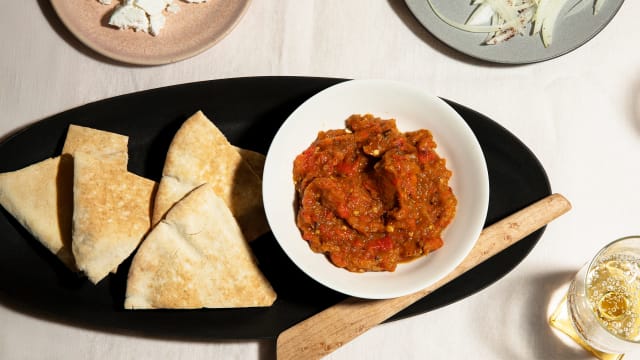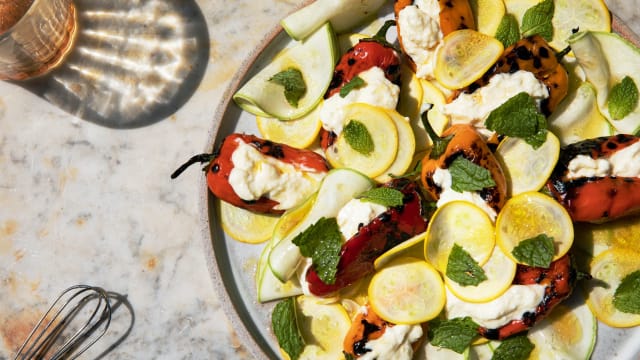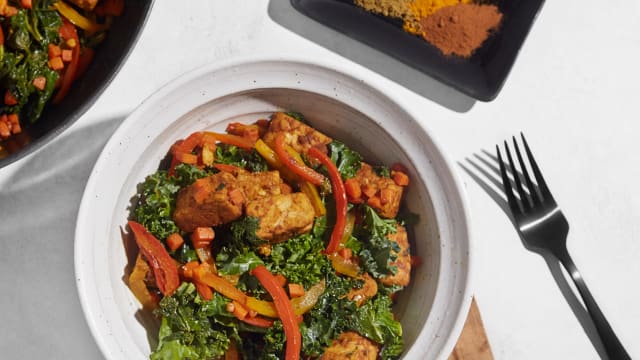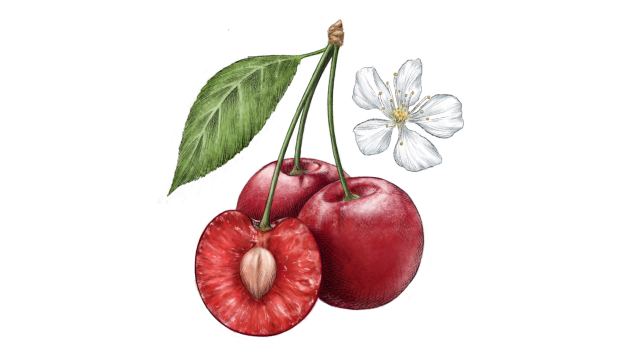Bell Pepper
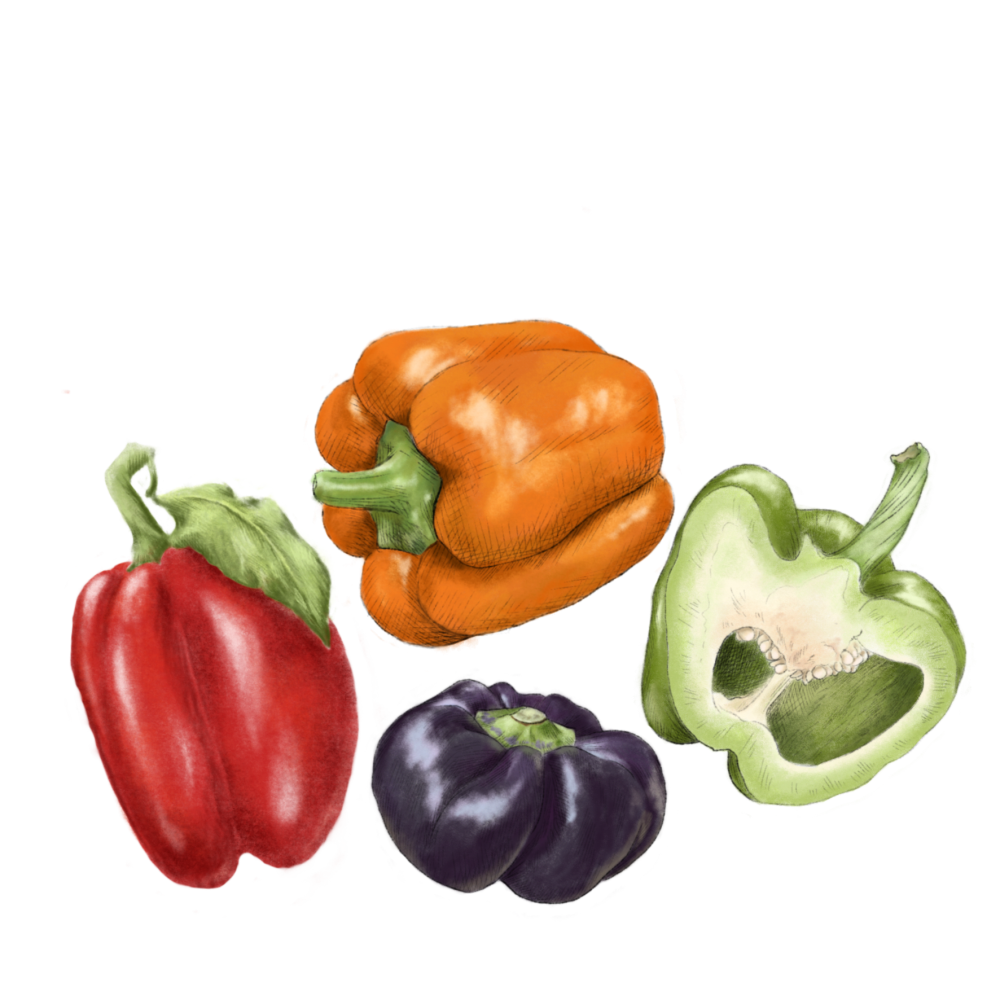
Latin name: Capsicum annuum
Other names: sweet pepper, capsicum
Uses: vegetable
What are bell peppers?
Bell peppers are in fact the same species as cayenne and other spicy chiles — they’re just a different cultivar, bred for size and low pungency. And though there are now candy-striped varieties and tiny ones perfect for snacking, the varying colors of bell peppers are mostly just a matter of ripeness; green bell peppers turn from yellow to orange to red as they ripen.
Why are bell peppers healthy?
Bell peppers are excellent sources of fiber and vitamins, especially A and C. They’re also high in antioxidant carotenoids (the exact makeup varies according to the color of the pepper) like lycopene, beta carotene, lutein, and zeaxanthin. Red peppers, because they’re fully ripe, contain significantly more beta carotene and vitamin C than unripe green ones.
What do bell peppers taste like?
Green bell peppers have a slightly bitter, grassy flavor that’s mellowed by cooking. As bell peppers ripen to red, they become sweeter, fruitier, and more tender. The predominant green bell pepper flavor comes from a compound called “bell pepper pyrazine” with some cucumber aromas in the background; these drop during ripening, leaving green-fruity compounds.
How do I prepare bell peppers?
There are a number of routes you can take with a bell pepper. You can leave them whole and then stuff, roast, or grill them; you can slice them into strips or dice them up. The seeds and stems should be removed, and the skins are technically edible, though they get tough once the pepper is roasted. Red bell peppers tend to be the ones we find pre-roasted (canned or in jars), but it’s hardly any effort to make your own — just cover them for 10 minutes after roasting to steam the skins, then slide them off.
What do bell peppers pair well with?
In general, bell peppers love tomatoes, onions, and garlic, and usually taste better with a little char on them. Green bell peppers are one of the ingredients of a Cajun or Creole mirepoix (in lieu of the carrot) — the so-called Holy Trinity used in all manner of stews and braises. They’re also the ones we see more frequently stuffed with rice and baked in tomato sauce, in fajitas, and on pizzas. Red bell peppers are used a lot in Mediterranean and Turkish food — they love lemon, olive oil, oregano, and sesame.
Where do bell peppers grow?
All peppers come from Mexico, Central America, and northern South America, but the first bell peppers were bred (along with sweet paprika varieties) in Szeged, Hungary, leading the charge in developing non-pungent pepper varieties in the 1920s.iii
How to buy bell peppers:
When buying peppers, opt for specimens with smooth (not wrinkled), blemish-free skin and no soft spots, and stash them in the fridge where they’ll keep for about a week or two.
Fun bell pepper fact:
Once in a while a meme goes around showing bell peppers with either three or four lobes, saying that male peppers have three bumps and female peppers have four bumps (and sometimes stating other “facts” about the two forms). There’s no such thing as a male pepper — like all fruits, peppers come from ovaries; however, there’s also no such thing as a female pepper — pepper flowers are botanically “perfect,” which means they have both male and female parts.
